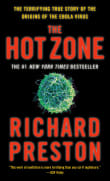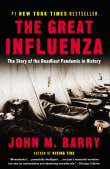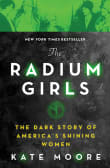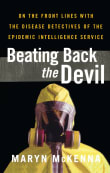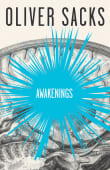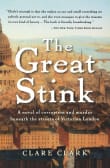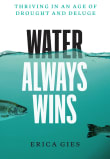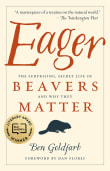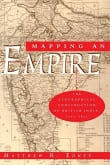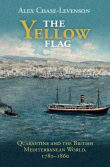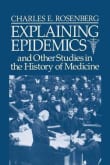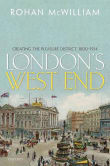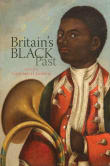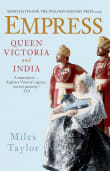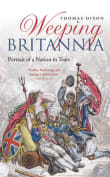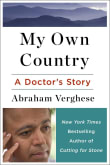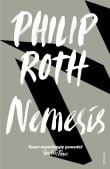The Ghost Map
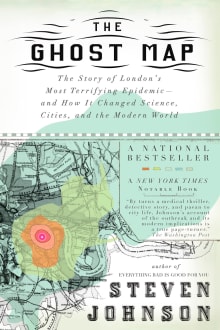
Book description
A National Bestseller, a New York Times Notable Book, and an Entertainment Weekly Best Book of the Year
It's the summer of 1854, and London is just emerging as one of the first modern cities in the world. But lacking the infrastructure-garbage removal, clean water, sewers-necessary to support its rapidly…
Why read it?
5 authors picked The Ghost Map as one of their favorite books. Why do they recommend it?

The Ghost Map is the fantastic story of an important Cholera epidemic in London in 1854.
The book swept me along with its narrative, plunging straight into the fetid world of Victorian London. Johnson weaves together the stories of the people affected, and the desperate hunt by Dr. John Snow to understand the cause of the disease. He also provides fascinating descriptions of the dangers to life in a time before sewers, and the evolution of such systems that ultimately transformed city life.
I definitely look at toilets, pipes, and sewer grates differently after reading this book.
From Hannah's list on medical history that reads like fiction.

Since the start of the COVID pandemic I’ve been thinking a lot more about pandemics, epidemics, and public health.
This book was a great way to learn about cholera, one of the major epidemic diseases of the nineteenth century. And it’s a great read that combines a detective mystery with a mismatched buddy story (except instead of being two cops, the two main characters are a doctor and a priest).
From Susie's list on will make you love Victorian Britain.

For those who want to know more about the famous John Snow map, this is the perfect deep dive. It also tells us more about the relationship between Snow and Henry Whitehead. I find that too often histories of science focus on scientists in isolation; this clarifies the significance of Whitehead, a clergyman, to the reception of Snow’s ideas. Written for a broader audience than the academic, and with an engaging, pacy narrative, it is still deeply researched and responsibly told.
From Pamela's list on how epidemics relate to bigger narratives.

Johnson’s exploration of a public health crisis and science in the making was one of the references I used in writing my own book. In August 1854, hundreds of people in the impoverished Golden Square neighborhood of London fell violently ill. Many died. By mapping the movements of the victims, Dr. John Snow traced the source of the infection to the Broad Street pump, a public water source that had been contaminated with Vibrio cholerae, the bacterium that causes cholera. Johnson’s account shows how a normally benign microbe was rendered deadly in a crowded mass of people who ended…
From Sharon's list on how humanity fouled water and why we need wetlands.

Most public health experts vaguely know the story of how physician John Snow removed the handle of the Broad Street pump to symbolically end London’s cholera epidemic in the 1850’s, ushering in what became the field of epidemiology. But who knew that Snow’s detective work involved tracking the whereabouts of ‘nightsoil men’ who lugged about heaps of stinking sewage? I was riveted by Johnson’s story, which is probably headed for the big screen before long.
From Steffanie's list on for armchair infectious disease epidemiologists.
Want books like The Ghost Map?
Our community of 12,000+ authors has personally recommended 100 books like The Ghost Map.
